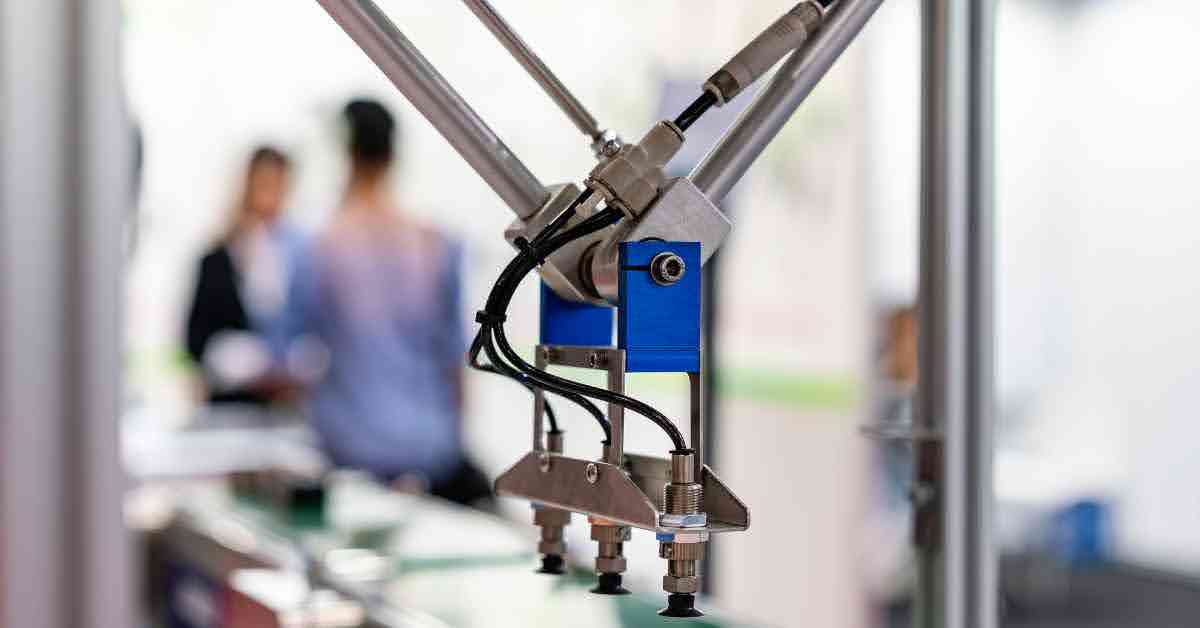Non-Destructive Testing (NDT) is a method used to thoroughly examine and test a material or component without causing damage during inspection. For many industries such as manufacturing, oil and gas, energy, construction, and aviation, NDT is a crucial part of operational execution.
The purpose of NDT is to detect damage, imperfections, and defects in the tested material and/or components. By conducting non-destructive testing, the tested material and/or components can be reused or sold after the completion of NDT.
What is IRIS?
One of the NDT methods is IRIS, which stands for Internal Rotary Inspection System. IRIS is widely used in the oil and gas industry, power generation, and other industries that utilize metal pipes to transport fluids or gases. This method is employed for inspecting tubes or pipes with small to medium diameters.
IRIS operates by leveraging the principles of ultrasonics and using a probe capable of emitting and receiving ultrasonic waves. The tube-shaped probe rotates inside the pipe and is examined during the process.
The working process of IRIS is as follows:
- The probe is inserted into the pipe to be inspected.
- The probe is slowly rotated and advanced into the pipe. This rotation allows the probe to provide a 360° overview of the pipe’s interior.
- The probe sends ultrasonic waves to the pipe’s wall.
- Ultrasonic waves bounce back to the probe.
- Reflected wave data is processed using specialized equipment, producing detailed visual data of the pipe’s wall.
- This data is then analyzed to detect damages or defects such as cracks, corrosion, non-standard wall thickness, etc.
Advantages of Using IRIS
Providing an accurate representation of the pipe’s interior surface, even in areas challenging to access by other NDT methods, is one of the main advantages of IRIS. Additionally, the IRIS method is suitable for examining small and complex-diameter pipes. In the oil and gas industry, where preventing leaks, damages, and accidents is crucial, accurate inspection and maintenance of critical pipes are essential. Some other advantages of using IRIS as a pipe inspection method include:
- Detection of Damage and Defects: IRIS enables the detection of damages and defects in the pipe wall with high accuracy. The highly detailed visual data helps identify common issues such as cracks, deformations, non-standard wall thickness, and corrosion. By accurately detecting potential issues, companies can take necessary actions before problems escalate and result in more significant losses.
- Use on Small and Complex-Diameter Pipes: The IRIS method can be used on small to medium-diameter pipes, providing accurate data. IRIS becomes crucial as other NDT methods often struggle to reach small-diameter pipes.
- 360° Information: IRIS technology allows the probe to rotate inside the pipe, offering a 360-degree view of the pipe’s interior surface. Thus, IRIS provides a comprehensive and thorough overview of the pipe’s condition, including areas challenging to access by other NDT methods. This helps identify issues more effectively and minimizes the risk of failure.
- Enhanced Pipe Safety and Integrity: By using IRIS, companies can proactively identify potential damages and defects in pipes, allowing for timely repairs and maintenance. This helps improve the safety and integrity of the pipe system, reducing the risk of leaks and preventing accidents or operational disruptions that could lead to financial losses and a damaged reputation.
- Improved Efficiency and Productivity: IRIS is a fast and efficient method for pipe inspection. With quick and accurate inspection results, companies can save time and resources in the inspection process, enabling a greater focus on repair actions and strategic planning.
- Better Predictive Maintenance: By detecting defects and damages early, companies can implement better predictive maintenance. Predictive maintenance helps identify the ideal time for repairs or replacements, minimizing disruptions to company operations and extending the life of the pipes.
However, IRIS also has some limitations as one of the NDT methods, such as its ability to be used on pipes with narrow channels, making it challenging for probes to reach. To overcome some of these limitations, IRIS is often used in conjunction with other NDT methods. This is done to obtain more accurate and comprehensive data about the pipe’s condition, allowing the identification of potential issues.
Overall, the use of Internal Rotary Inspection System (IRIS) as a Non-Destructive Testing (NDT) method can provide numerous benefits for companies in terms of safety, efficiency, and better maintenance planning. By adopting this advanced NDT technology, companies can enhance the quality of their pipe management and avoid the risks of detrimental damages.
For more information about product testing and analysis services and the Construction Sector, you can read our article here. If you and your company need further information regarding our services, please contact and consult with us here.







